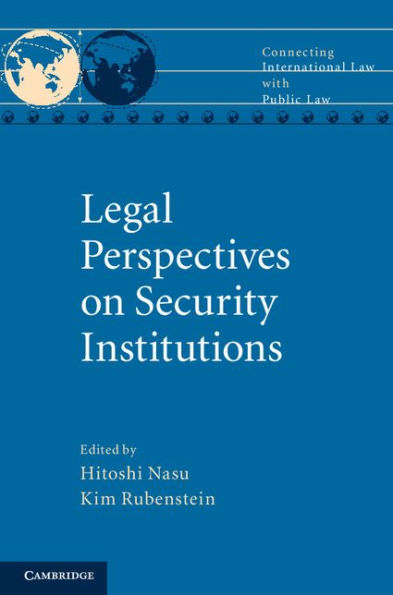5
1

Legal Perspectives on Security Institutions

Legal Perspectives on Security Institutions
eBook
$35.49
$46.99
Save 24%
Current price is $35.49, Original price is $46.99. You Save 24%.
Related collections and offers
35.49
In Stock

Product Details
| ISBN-13: | 9781316349472 |
|---|---|
| Publisher: | Cambridge University Press |
| Publication date: | 07/24/2015 |
| Series: | Connecting International Law with Public Law |
| Sold by: | Barnes & Noble |
| Format: | eBook |
| File size: | 2 MB |
About the Author
From the B&N Reads Blog
